The Xiaomi Mi 11 Ultra and the Samsung Galaxy S21 Ultra represent a new breed of smartphone opulence, offering top notch specs, extensive camera systems, and a maximalist design for a sky high price tag.
But which phone offers the more premium experience? Which is the more balanced and usable phone day to day? And which would we spend our own money on, given the choice?
Let’s take a closer look at these two luxury yachts of the Android smartphone scene.
Xiaomi Mi 11 Ultra vs Samsung Galaxy S21 Ultra price and availability
The Samsung Galaxy S21 Ultra arrived earlier in the year on January 29, 2021. It’s not cheap, with prices starting from $1,199 / £1,149 / AU$1,849 for the 128GB model. Upgrading to 256GB will set you back $1,249 / £1,199 / AU$1,949. There’s also a 512GB model, but it seems trickier to locate these days.
The Xiaomi Mi 11 Ultra landed several months later than the Samsung, on April 2, 2021. It costs £1,199 / AU$1,799 (around $1,600) for 256GB of storage. As our estimate suggests, Xiaomi doesn’t sell its mainline phones in the US.
We’re looking at two super-phones of roughly equivalent value, then. These are also two of the most expensive phones on the market.
Design
In our review we referred to the Xiaomi Mi 11 Ultra as “a parody of the Samsung Galaxy S21 Ultra,” largely thanks to its ludicrously indulgent design.
It has a huge body which proves hard to fit into pockets. And we mean that quite literally - our reviewer found themselves resorting to carrying it in their backpack because it just didn’t fit in certain pairs of jeans.
This isn’t really down to the height and width of the phone. While it’s certainly large at 164.3 x 74.6mm, this actually makes it slightly smaller than the 165.1 x 75.6mm Galaxy S21 Ultra
What it all comes down to is the Mi 11 Ultra’s ginormous camera module. While the phone is listed as a fairly svelte 8.4mm thick overall - that’s half a millimetre thinner than the Galaxy S21 Ultra, incidentally - we’d guess that the camera module pushes it past the 10mm mark.
This camera module isn’t just thick, either, but also spreads almost the entire width of the ceramic rear panel (which comes in Cosmic White or Cosmic Black). This pronounced apendage is left totally exposed even when the bundled case is used, so prepare for plenty of nicks and bumps unless you’re particularly careful.
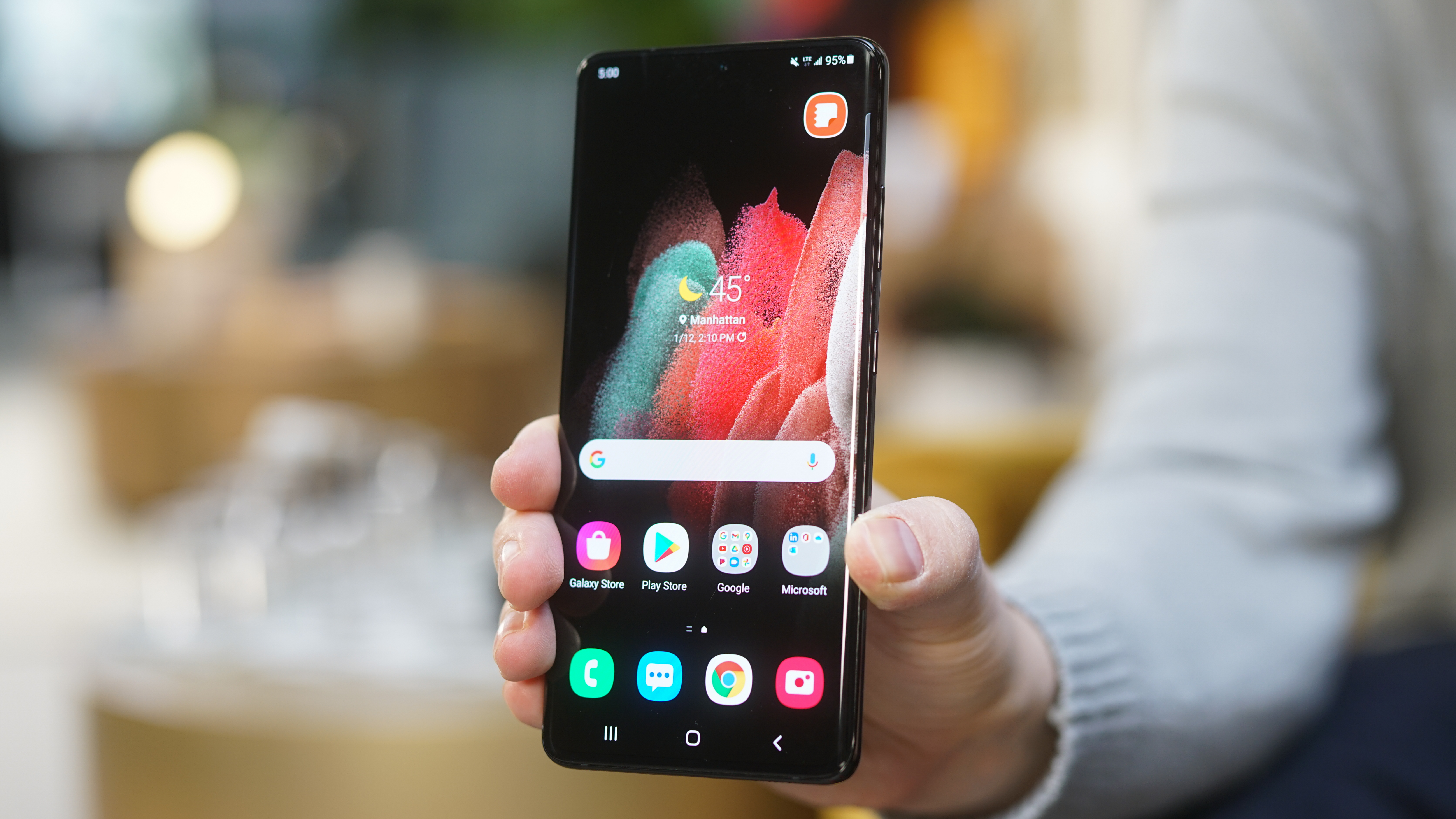
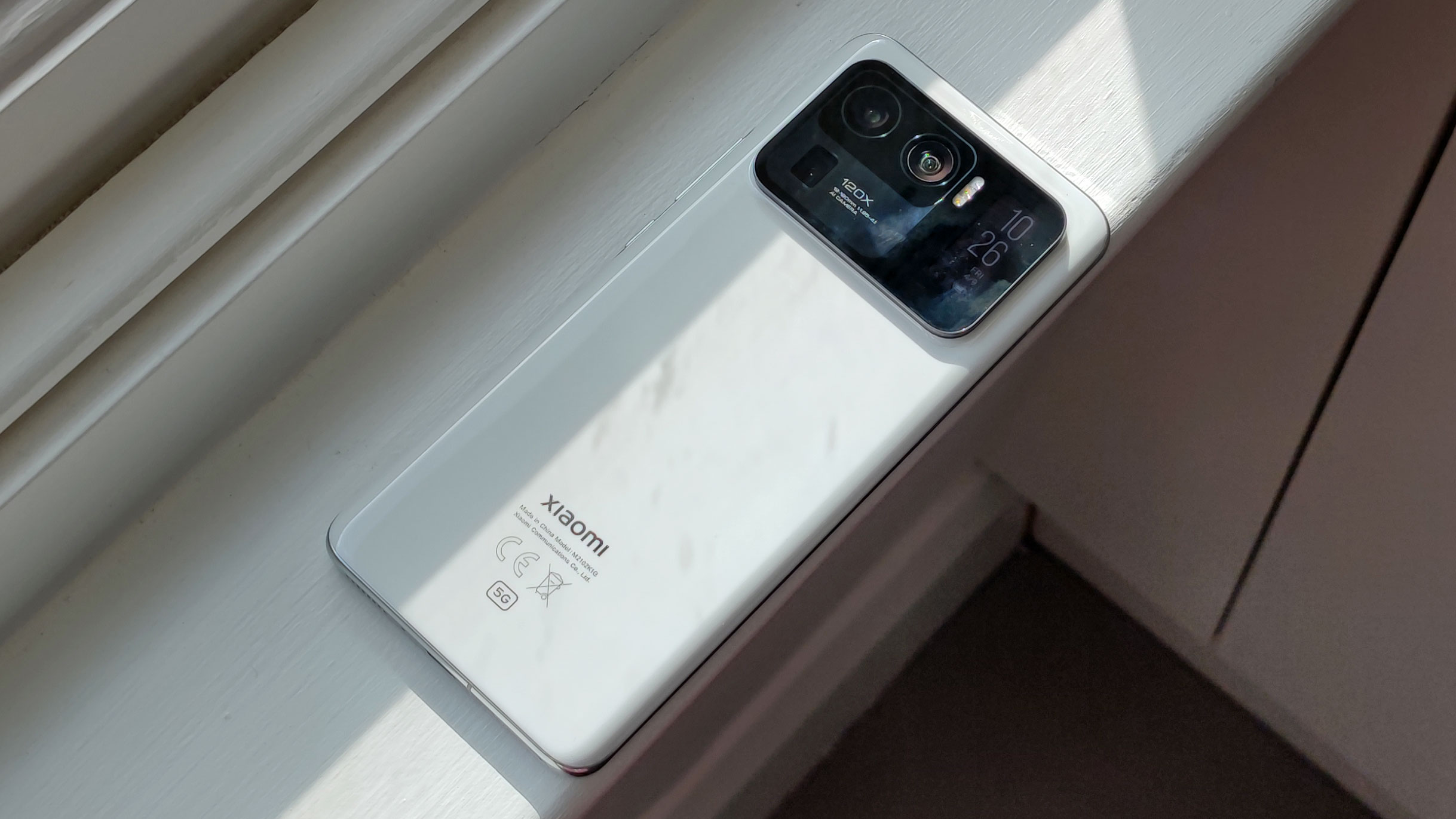
Both of these phones are unusually weighty, but the Xiaomi Mi 11 Ultra comes in heavier at 234g versus the Galaxy S21 Ultra’s 228g.
We much prefer the Samsung Galaxy S21 Ultra’s design overall. You can also get it in a wider range of colors: Phantom Silver, Phantom Titanium, Phantom Navy, and Phantom Brown. Regardless of color, it’s a largely seamless design.
Samsung’s solution to having such a pronounced camera module - and it’s still very big on its own terms - is far more elegant than Xiaomi’s, with a striking swoop integrating it into the metal chassis of the phone.
Both phones go with subtly curved displays, which successfully split the difference between looks and function. The Samsung goes a little flatter, and has a slightly smaller screen to body ratio as a result.
Both phones have an IP68 rating too, so they’re equally water and dust tight.
Display
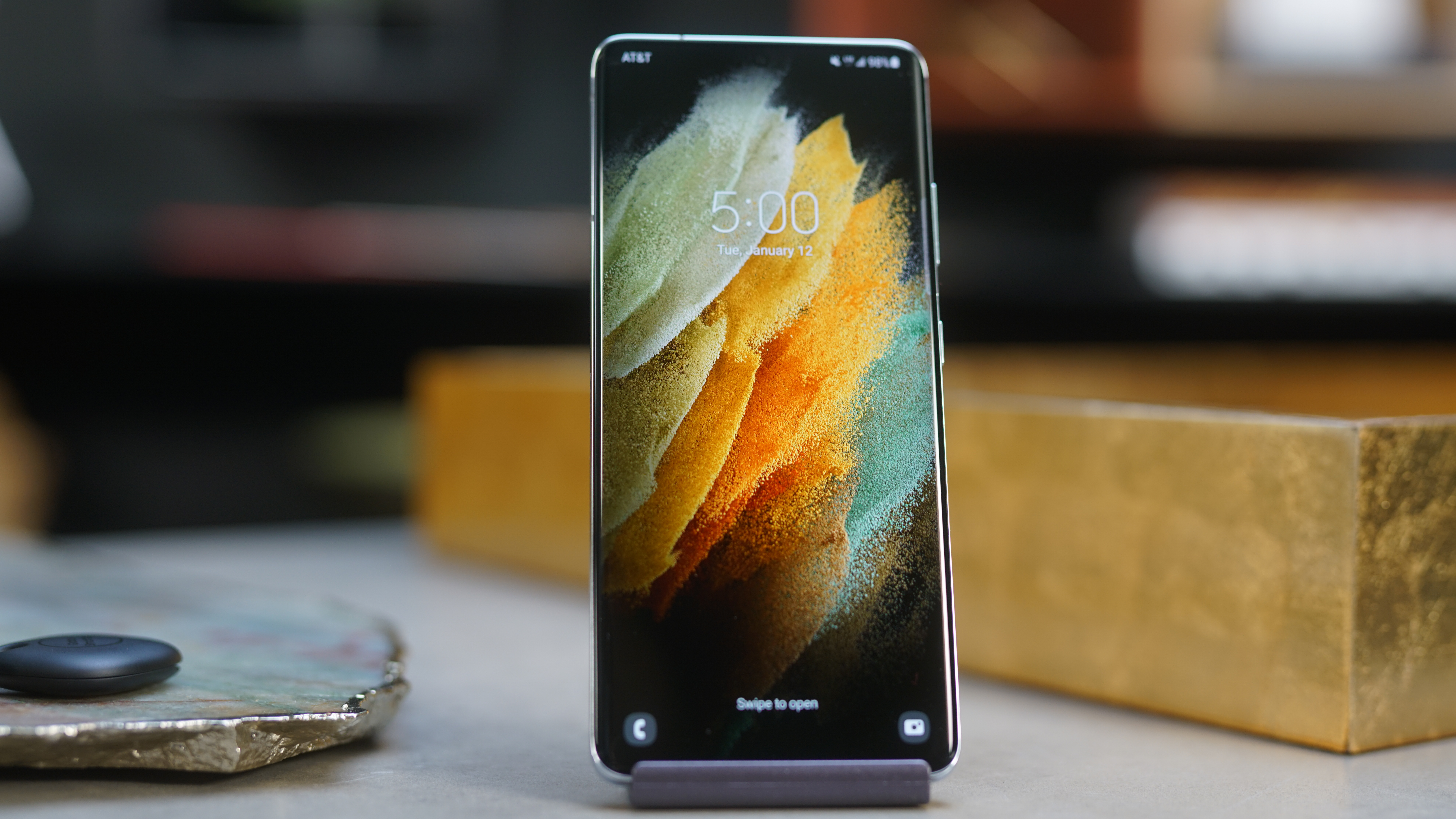
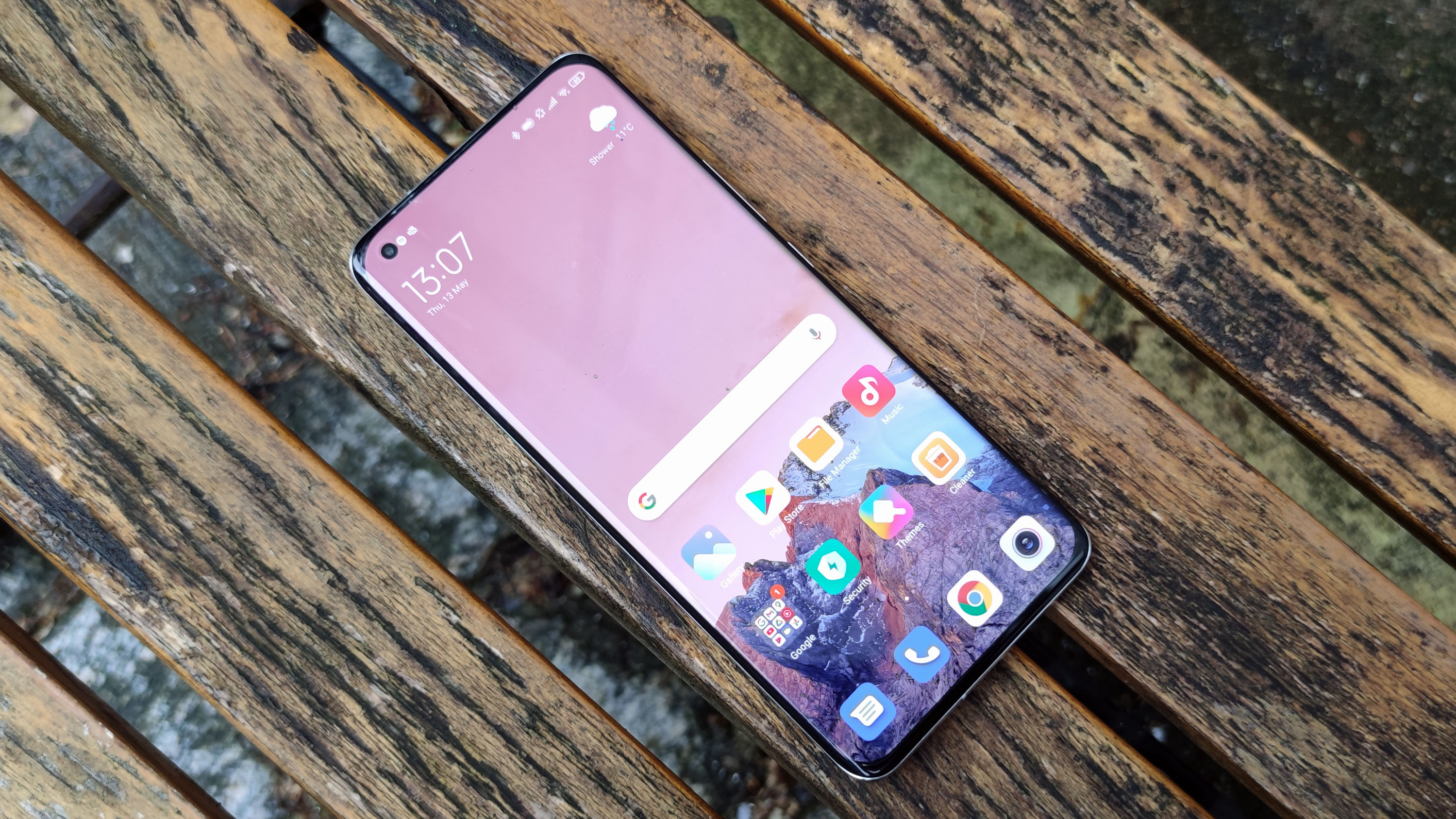
These are two very similar displays, and they’re also among the very best on the market.
The Xiaomi Mi 11 Ultra has a 6.81-inch 120Hz AMOLED display with a 1440 x 3200 resolution, both of which can be reached simultaneously. The Galaxy S21 Ultra has a 6.8-inch AMOLED display that’s also capable of running at a 120Hz refresh rate and at a Quad HD resolution at the same time.
In fact, just about the only real edge that we can see belongs to the Xiaomi Mi 11 Ultra, which can get to 1700 nits of brightness maxed out. The Samsung Galaxy S21 Ultra ‘only’ gets to 1500 nits. ‘Only’ is a silly word to use here, though, because both of these screens get ridiculously bright.
In terms of quality, we’d never count Samsung out. It creates most of the AMOLED displays on the market, including that of the Xiaomi MI 11 Ultra itself. The company is the master when it comes to reproducing vibrant, natural colors and deep blacks, all of which are in evidence with both of these phones.
Both phones also incorporate in-display fingerprint sensors, but we’d give Samsung the win on this front. Its ultrasonic technology is more secure, and the company has improved its sensor with a a 1.7x larger surface area, so it’s easier to find than before.
The Xiaomi Mi 11 Ultra’s, by contrast, is a less secure optical model, and it doesn’t always recognize your prints as reliably as we would like.
While we’re on the subject of the Mi 11 Ultra, we should highlight its secondary 1.1-inch display situated on the back of the phone. It has a few functions, but none are especially useful.
Used as an always-on display, you can see the time and battery level at all times. Or you could if it didn’t power down from time to time. As a camera viewfinder for way better selfies, it’s not quite big enough to see from distance. And as as music app control shortcut, it’s way too prone to accidental touches.
Camera
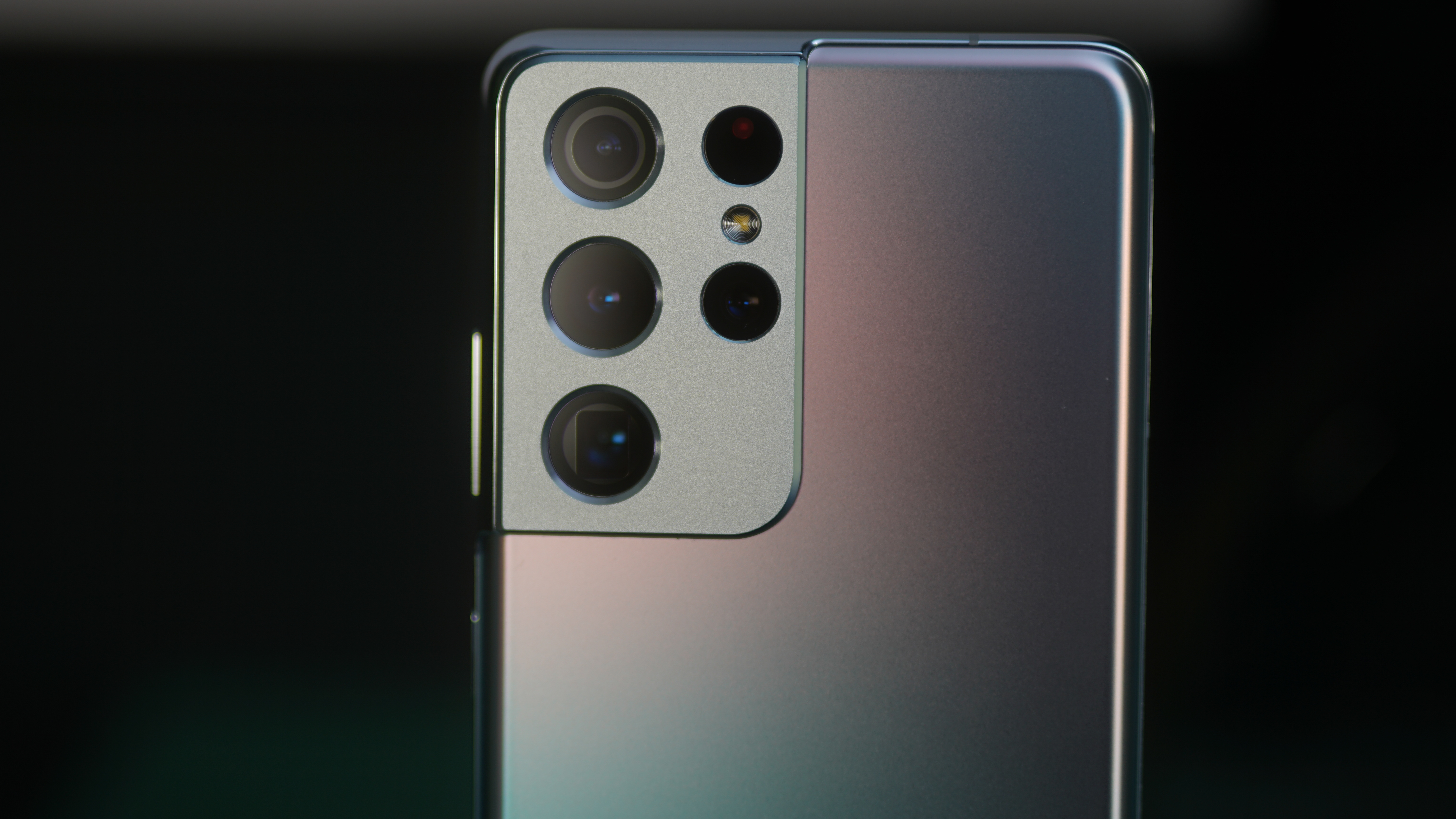
Arguably the headline component for both of these phones is their respective camera systems. And there are some interesting similarities and differences in the way they go about their photographic business.
Starting with the main cameras, the Xiaomi Mi 11 Ultra goes with sheer size over megapixels via a massive 50MP sensor, which lets in more light than its rival. The Samsung Galaxy S21 Ultra may have a smaller main sensor, but at 108MP it goes for a far more extensive 9-in–1 pixel-binning technique.
Both yield great results packed full of detail and dynamic range. It’s largely a matter of personal preference as to which of Samsung’s and Xiaomi’s color science you go with, with Samsung tending to punch things up more than its rival.
When it comes to the ultra-wides, the Xiaomi Mi 11 Ultra packs a 48MP sensor, while the Samsung only features a 12MP example. However, numerical difference aside, we prefer the results from the Samsung Galaxy S21 Ultra overall, as the Xiaomi’s shots are noticeably distorted at the edges. The Mi 11 Ultra’s ultrawide also produces underwhelming macro shots.
Both phones adopt periscope lenses for zoomed-in shots, but the Samsung unit is rather more sophisticated. The Xiaomi Mi 11 Ultra goes with a 48MP 5x periscope lens, while the Galaxy S21 Ultra packs both a 10MP 10x periscope lens and a 10MP 3x zoom lens. All in all, the Samsung is more flexible and all-round more accomplished at zoomed-in snaps.
Both phones claim to go up to a 100x zoom level, while the Xiaomi Mi 11 Ultra claims to go to 120x. Suffice to say, results are barely usable at anything over 30x, but the Galaxy S21 Ultra does better at extreme zoom levels.
In terms of selfie cameras, the Samsung adopts a 40MP sensor while the Xiaomi has a 20MP unit. We’d give the nod to the Samsung here in terms of quality, but that weird secondary display does make shooting selfies with the main camera easier on the Xiaomi.
On the video front, both phones can capture 8K at 24fps or 4K up to 60fps. Video shot on the Mi 11 Ultra was some of the best we’ve seen captured on a phone, but both have an array of vlogger-friendly modes.
While both phones take brilliant shots with their main cameras, then, the Galaxy S21 Ultra wins through its greater flexibility and superior secondary cameras. Which makes that invasive camera module on the Xiaomi seem all the more questionable.
Specs and performance
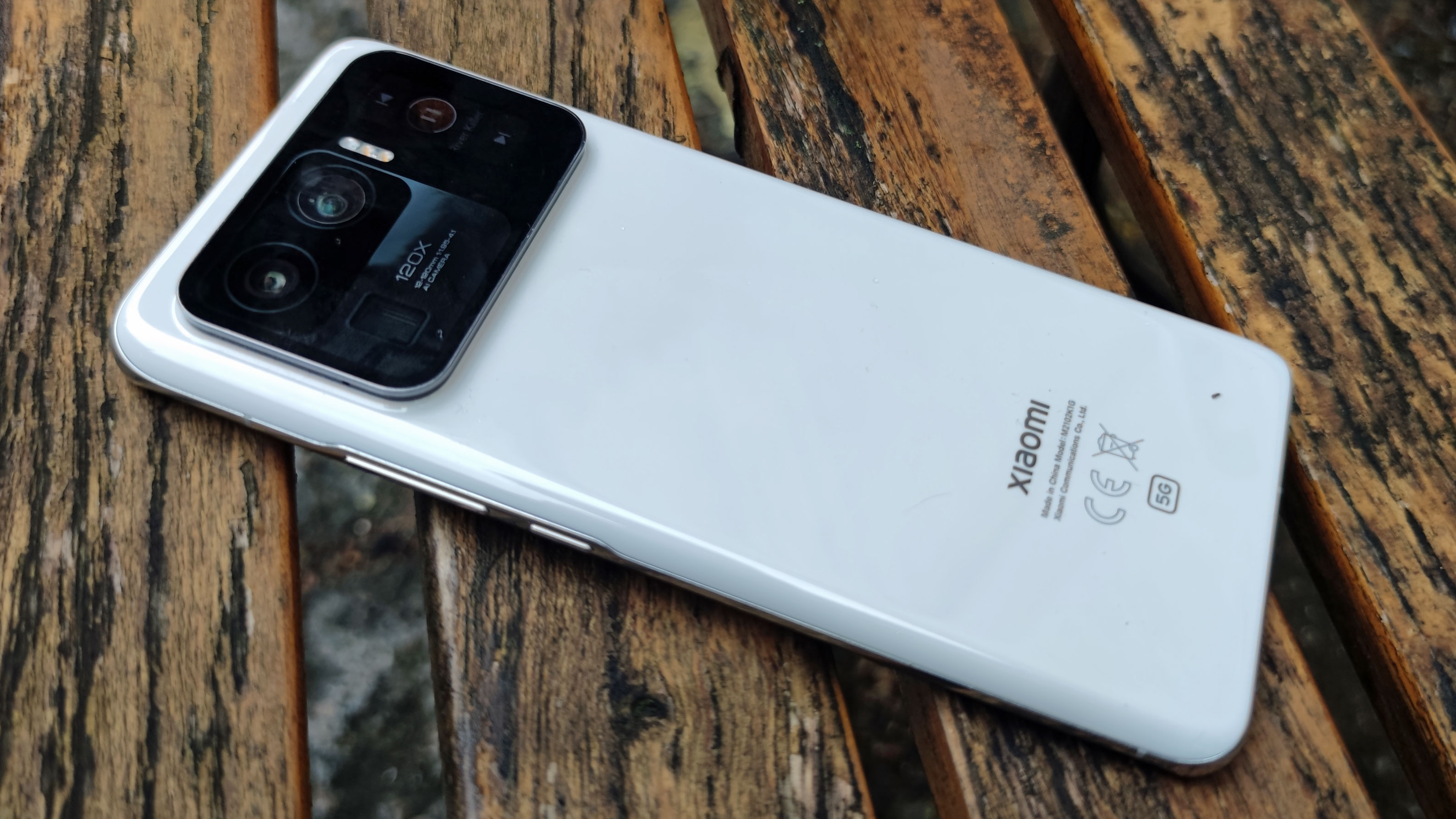
It’s pretty tricky judging performance between these two phones, because both suffer from their own distinct regional issues.
Samsung’s split processor approach is well documented by now. Basically, it uses Qualcomm’s chips in US and China models, and its own silicon everywhere else. The would be fine if it weren’t for the fact that Qualcomm’s chips are invariably superior.
The Xiaomi Mi 11 Ultra, by contrast, only uses the Snapdragon 888. But as we stated at the outset, the phone isn’t even available to buy in the US. So how do we compare?
Both phones are available in our home territory of the UK. As such, it’s possible to make a direct comparison between the Snapdragon 888-toting Xiaomi Mi 11 Ultra and the Exynos 2100-toting Samsung Galaxy S21 Ultra.
In raw performance, the Snapdragon 888 is proven to be slightly faster than the Exynos 2100, so the Xiaomi definitely has the edge. But then, we also encounter some worrying overheating issues with the Mi 11 Ultra, which hobbled some of our benchmark tests over longer stretches.
It’s also worth emphasizing that Samsung’s chip is far more competitive than it used to be. In day to day tasks, both phones absolutely fly through tasks light and heavy, and no game poses a problem.
The Xiaomi comes with 12GB of RAM as standard, while the Samsung offers the option of either 12GB or 16GB. It’s ample, whatever the case.
We should also mention the fact that the Galaxy S21 Ultra has gained S Pen compatibility. You’ll have to buy Samsung’s stylus separately, and it won’t stash away neatly like the Note equivalent. You also lose some Bluetooth shortcuts for triggering the camera and other apps. But otherwise, you have the full Samsung stylus experience.
The other matter that needs addressing is which custom Android UI you prefer. Samsung’s OneUI 3.0 is more streamlined than ever, with fewer unnecessary windows and general fuss.
Xiaomi’s MIUI is great and annoying in almost equal measure. There are lots of customization options here, but it’s also fairly buggy and full of annoying bloatware. We’d give Samsung’s software the edge overall, but neither shows Android at its absolute finest.
Battery life
Both of these super-phones comes packing a suitably huge 5,000 mAh battery. With power-hungry components like these, you’d better believe that such a provision is necessary. Indeed, we wouldn’t choose either phone if we were planning to be away from a power point for longer than a day.
With the Xiaomi Mi 11 Ultra, we found that we’d often finish a day of relatively light usage with just 10% to 20% charge left in the tank. With more typical use we’d see the phone completely drained by the time we went to bed.
Its tendency to run hot can really hit the battery hard, so power users and gamers might want to beware.
The Galaxy S21 Ultra wasn’t significantly better, however. It was able to last through a day of moderate usage on the default 1080p/120Hz, but cranking it up to full QHD/120Hz sapped things much faster.
In both cases, the arrival of both 120Hz and 5G has come at a marked cost to stamina.
You’ll likely be charging fairly often with both of these phones, then, and on that front Xiaomi wrestles back the initiative. It bundles in a 67W charger, while Samsung expects you to provide your own.
Even then, it only supports up to 25W charging. That will get you from 0 to 100% in a little over an hour, while Xiaomi’s bundled charger with do the same in around half the time.
Xiaomi also wins when it comes to wireless charging, with support for the very same 67W speeds - if you buy an appropriate charger, that is, which won’t be cheap. The Galaxy S21 Ultra only goes to 15W wirelessly.
Takeaway
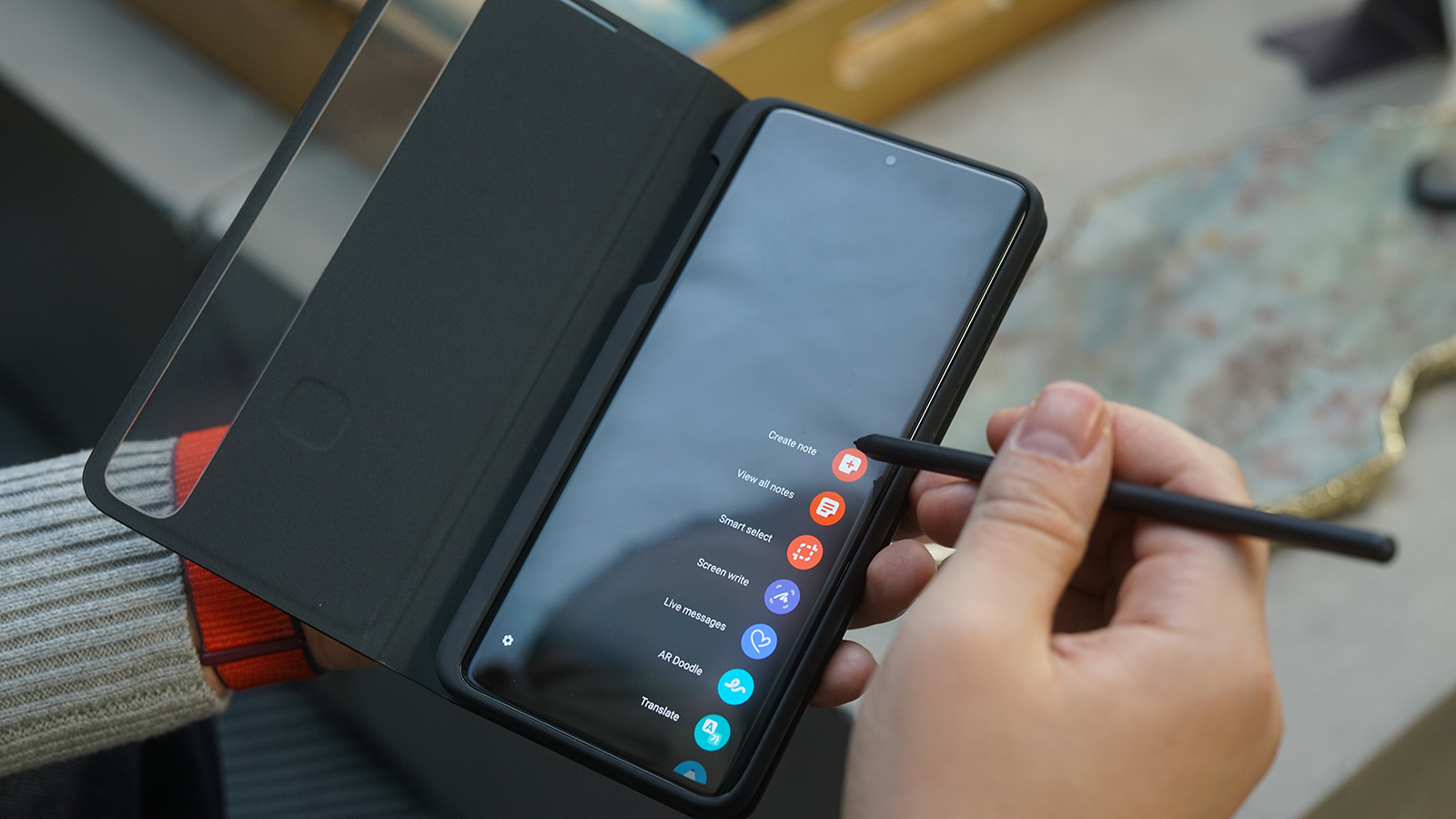
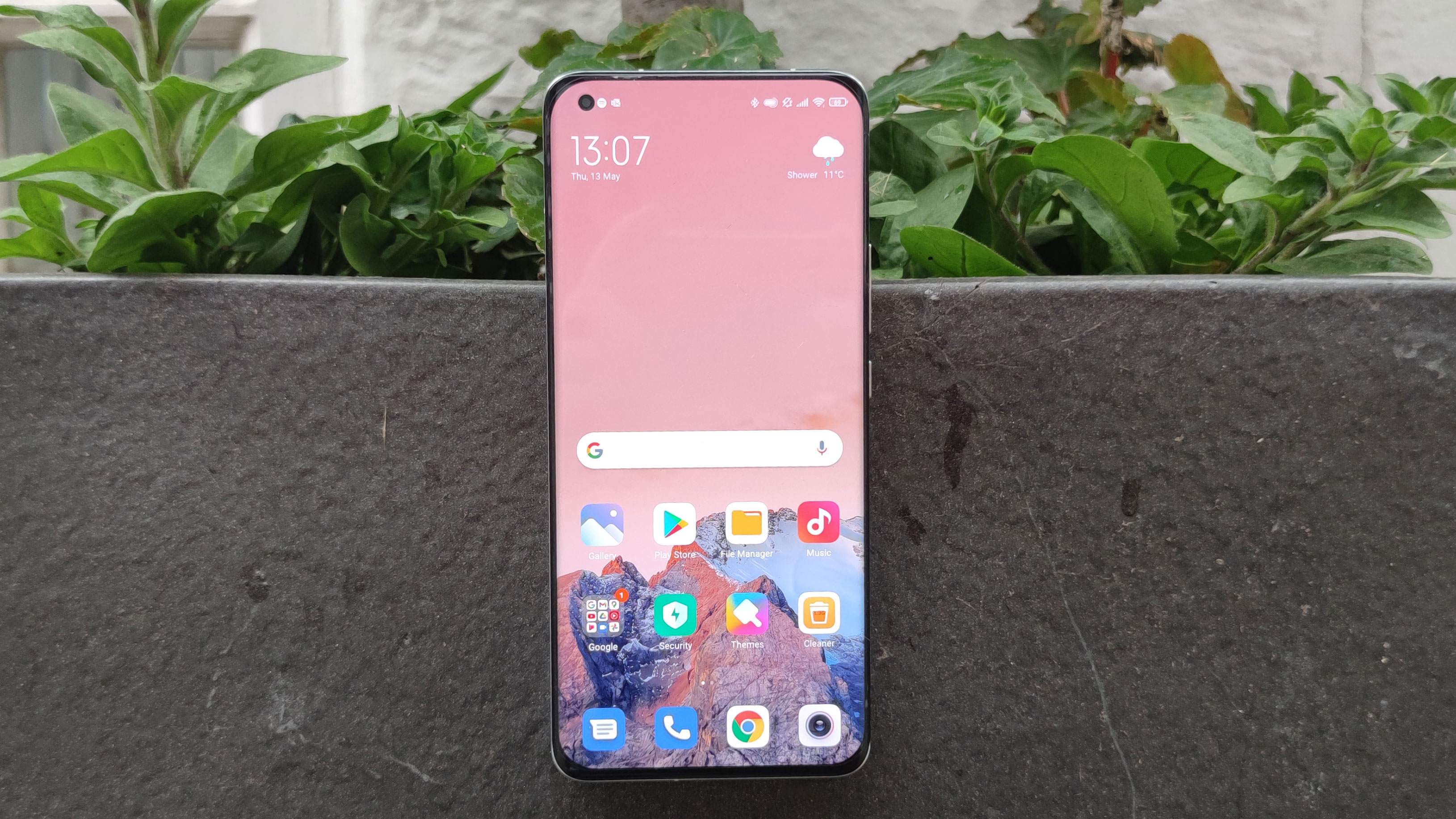
Purchasing either of these phones is not a decision to be taken lightly. They’ll first empty your pocket with their sky-high price tags, then fill it up to bursting point with their oversized bodies.
What you get in return are two of finest displays in business, top tier performance, and excellent camera systems with impressive zoom functions.
Taking all that into account, we would recommend the Samsung Galaxy S21 Ultra over the Xiaomi Mi 11 Ultra in most cases. Ultimately, it comes down to two key factors: a design that’s easier to live with and a better, more rounded camera system.
The Xiaomi Mi 11 Ultra is a fine piece of hardware in its own right, but Samsung’s luxury flagship is just that touch more poised. It’s pretty much the complete package.
from TechRadar - All the latest technology news https://ift.tt/2U6LaNO
Aucun commentaire: